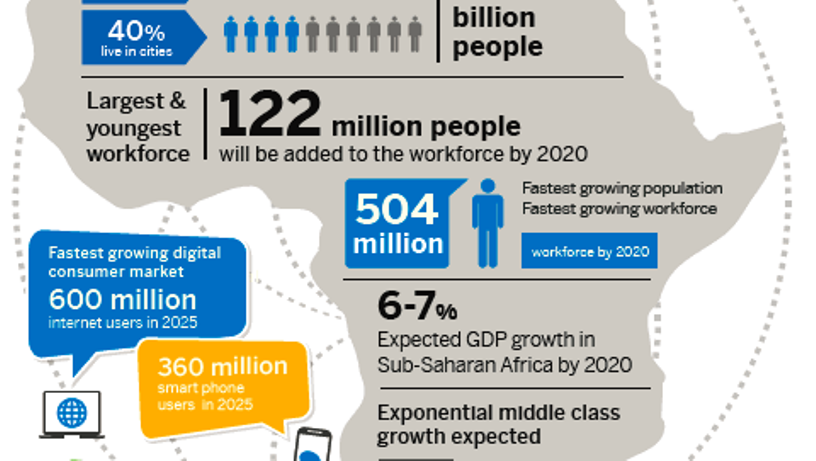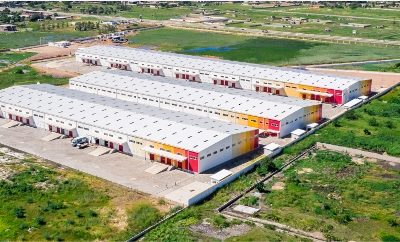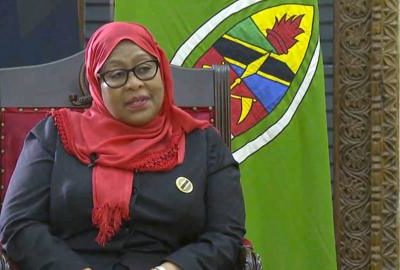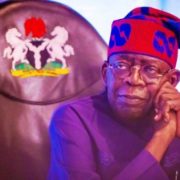By Nwakaego Alajemba
The African Development Bank’s 2020 African Economic Outlook (AEO) (http://bit.ly/2vABQFU) has revealed that the continent needs “swift action to address human capital development in African countries, where the quantity and quality of human capital is much lower than in other regions of the world.”

More than half the continent’s total population of 1.216 billion to go by the UN estimate of 2016 are below 30 years. Almost 60% of Africa’s population in 2019 is under the age of 25, making Africa the world’s youngest continent. According to the UN’s demographic projections, the median age in Africa is going to be 19.8 in 2020. This makes capacity building imperative if the continent is to level up with developments globally.
“Africa needs to build skills in information and communication technology and in science, technology, engineering, and mathematics. The Fourth Industrial Revolution will place increasing demands on educational systems that are producing graduates versed in these skills” – AEO Report
The 2020 AEO report, themed Developing Africa’s workforce for the future, also noted the urgent need for capacity building and offers several policy recommendations, which include that states invest more in education and infrastructure to reap the highest returns in long-term GDP growth. Developing a demand-driven productive workforce to meet industry needs, is another essential requirement.
“Africa needs to build skills in information and communication technology and in science, technology, engineering, and mathematics. The Fourth Industrial Revolution will place increasing demands on educational systems that are producing graduates versed in these skills,” the report noted.
To keep the current level of unemployment constant, Africa needs to create 12 million jobs every year, according to the report. With rapid technological change expected to disrupt labour markets further, it is urgent that countries address fundamental bottlenecks to creating human capital, the report said.
“Youth unemployment must be given top priority. With 12 million graduates entering the labour market each year and only 3 million of them getting jobs, the mountain of youth unemployment is rising annually,” said Akinwumi Adesina, African Development Bank President, who unveiled the report.
“Let’s look at the real lives beyond the statistics. Let’s hear their voices, let’s feel their aspirations,” Adesina added.
Africa’s economy to grow despite external shocks
Africa’s economic growth remained stable in 2019 at 3.4 percent and is on course to pick up to 3.9 percent in 2020 and 4.1 percent in 2021, noted the AEO.
For the first time in a decade, investment expenditure rather than consumption accounts for more than half of GDP growth; the new African Economic Outlook report calls for urgent investment in education and infrastructure for good returns in long-term GDP.
The slower than expected growth is partly due to the moderate expansion of the continent’s “big five” — Algeria, Egypt, Morocco, Nigeria, and South Africa – whose joint growth was an average rate of 3.1 percent, compared with the average of 4.0 percent for the rest of the continent.
The Bank’s flagship publication,
published annually since 2003, provides headline numbers on Africa’s economic
performance and outlook. The 2020 edition, launched at the Bank’s Abidjan
headquarters, was attended by former Liberian president Ellen Johnson Sirleaf,
African ministers, diplomats, researchers, and representatives of various
international bodies.
Johnson Sirleaf commended the Bank for upholding the confidence of the people
of the continent “… because we trust you. As simple as that. Because we trust
you to share our vision. We trust you to understand our limitations.”
Referring to Africa’s fastest-growing economies, she said, “There are stars
among us…and we want to applaud them. We want to see more, particularly for
countries like mine, which have been left behind, so that more can be done to
give them the support that they need.”
“The slower than expected growth is partly due to the moderate expansion of the continent’s “big five” — Algeria, Egypt, Morocco, Nigeria, and South Africa – whose joint growth was an average rate of 3.1 percent, compared with the average of 4.0 percent for the rest of the continent.”
In 2019, for the first time in a decade, investment expenditure, rather than consumption, accounted for over 50% of GDP growth. This shift can help sustain and potentially accelerate future growth in Africa, increase the continent’s current and future productive base, while improving productivity of the workforce.
Overall, the forecast described the continent’s growth fundamentals as improved, driven by a gradual shift toward investments and net exports, and away from private consumption.
East Africa maintained its lead as the continent’s fastest-growing region, with average growth estimated at 5.0 percent in 2019; North Africa was the second fastest, at 4.1 percent, while West Africa’s growth rose to 3.7 percent in 2019, up from 3.4 percent the year before.
Central Africa grew at 3.2 percent in 2019, up from 2.7 percent in 2018, while Southern Africa’s growth slowed considerably over the same period, from 1.2 percent to 0.7 percent, dragged down by the devastating cyclones Idai and Kenneth.
Although many countries experienced strong growth indicators, relatively few posted significant declines in extreme poverty and inequality, which remain higher than in other regions of the world.
Essentially, inclusive growth — registering faster average consumption for the poor and lower inequality between different population segments — occurred in only 18 of 48 African countries with data.
“As we enter a new decade, the African Development Bank looks to our people. Africa is blessed with resources but its future lies in its people…education is the great equaliser. Only by developing our workforce will we make a dent in poverty, close the income gap between rich and poor, and adopt new technologies to create jobs in knowledge-intensive sectors,” said Hanan Morsy, Director of the Macroeconomic Policy, Forecasting and Research Department at the Bank.
The African Economic Outlook (http://bit.ly/2vABQFU) provides compelling up-to-date evidence and analytics to inform and support African decision makers. The publication has built a strong profile as a tool for economic intelligence, policy dialogue and operational effectiveness.
Click here to access the full report. (http://bit.ly/2vABQFU)































